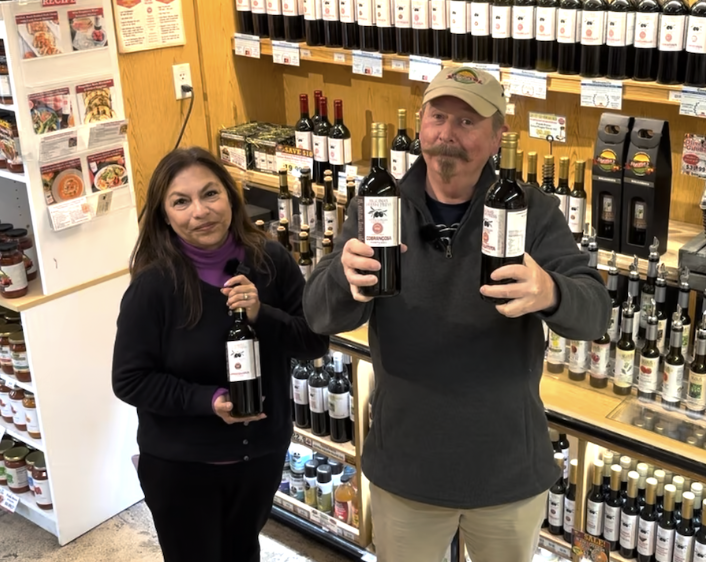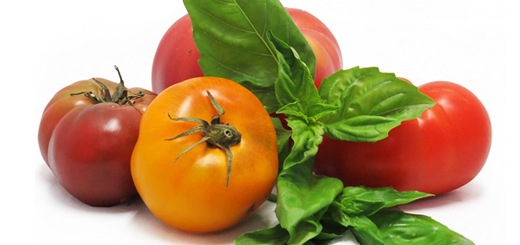Olive Oil Q&A
Did you know we follow the olive seasons around the world to ensure we carry some of the freshest, healthiest, best-tasting extra virgin olive oil on earth?
Why? Well, we’re produce experts, and olives are fruit! Just as with other fresh produce, olives have seasons.
Sigona’s believes when it comes to high quality olive oil, fresher is always better!
There are two olive harvest seasons annually, one in the Northern Hemisphere and one in the Southern Hemisphere, so we get new, just-pressed olive oils twice a year. The olives are pressed within 2 to 4 hours of harvest — now that’s fresh! This helps to guarantee the olive’s health properties, as well as the quality of the oil.
The olive oils we bring in are loaded with polyphenols, such as oleocanthal, which have powerful antioxidant and anti-inflammatory properties that are incredibly beneficial to our health. Learn more about antioxidants below.
Following are two answers to a couple frequently asked questions about our olive oil. Do you have any other questions? Send an email to share@sigonas.com!
Q: What is a polyphenol and why does Sigona’s list the amount on the bottles of olive oil?
Polyphenols are powerful antioxidants found in oil that have many health benefits. For example, they’ve been shown to help prevent cancer, high blood pressure and heart disease. The presence of polyphenols also helps protect the integrity of the health properties of olive oil. A good rule of thumb: the higher the polyphenol count, the healthier it is and the longer they’ll maintain their health benefits in the bottle (but bear in mind, olive oil doesn’t keep!).
Q. What is the shelf life of extra virgin olive oil?
A. Consumers should use extra virgin olive oil within 12-14 months from when the olives were picked and pressed because the integrity of the olive oil breaks down with time. It’s important to remember olive oil is a perishable food – all bottled oil will go rancid eventually. It’s best to make sure olive oil is properly handled, sealed and stored in a cool dark place to ensure its integrity. Knowing this, Sigona’s refreshes our stock twice yearly, bringing in the freshest olive oils from around the world as soon as we can get them after the olives are harvested and pressed.
Q. What affects the quality of Olive Oil?
A. Time, light, heat and oxygen.
- Time: Health benefits decrease over time.
- Light: Extended exposure to light can deteriorate the quantity and quality of the antioxidants found in olive oil.
- Heat: Warm temperature causes olive oil flavor to change. The optimal storage temperature for olive oil is 60 to 72°F.
- Oxygen: Keep those bottles corked or use a stopper that closes all the way. When oxidation of the oil occurs, the flavor can become “off,” and the quality of the oil deteriorates.
Q: What is oleocanthal and why is it beneficial to one’s health?
A: In short, oleocanthal is a polyphenol (see above for “What’s a polyphenol?”). It shares unique perceptual and anti-inflammatory characteristics with Ibuprofen. It has been shown to help in reducing inflammatory related disease, including joint-degenerative disease, neuro-degenerative disease and specific cancers. The presence of oleocanthal is what is responsible for the peppery, pungent, burning sensation in the back of your throat when you taste extra virgin olive oil.
Q. Can I cook with extra virgin olive oil?
A: In addition to drizzling over your favorite foods, extra virgin olive oil is one of the best oils with which to cook! It can be used for frying, sautéing, poaching, baking and making marinades or dressings. Extra virgin olive oil has a high smoke point that can hold up to cooking temperatures up to 410°F. Smoke point changes annually and varies by varietal. We provide the smoke point when possible on our in-store signage.
Q: Can I substitute olive oil for butter in baking?
A. Yes! Below is a butter to oil conversion chart. Note: solid fats act differently than liquid fats. When substituting liquid for liquid (such as vegetable oil) the results are the same. When substituting solid to liquid there may be a change in texture and crispiness.

Q: How can I learn when the new oils arrive and how the different oils taste each season?
A: If you’re a regular in our markets, you’ll see the signs and sense the excitement when the new oils arrive! Oils from the Northern Hemisphere usually arrive late December – mid January, and oils from the Southern Hemisphere usually arrive as early as late May through early July.
If you shop online through Instacart or www.sigonas.com, make sure you’re signed up for our e-newsletter (scroll to the bottom). We announce the arrival of the oils in that email and include a lot of info about the varietals available.
Make sure you’re following us on social media as well! We’re on Facebook, Instagram, YouTube and TikTok.












